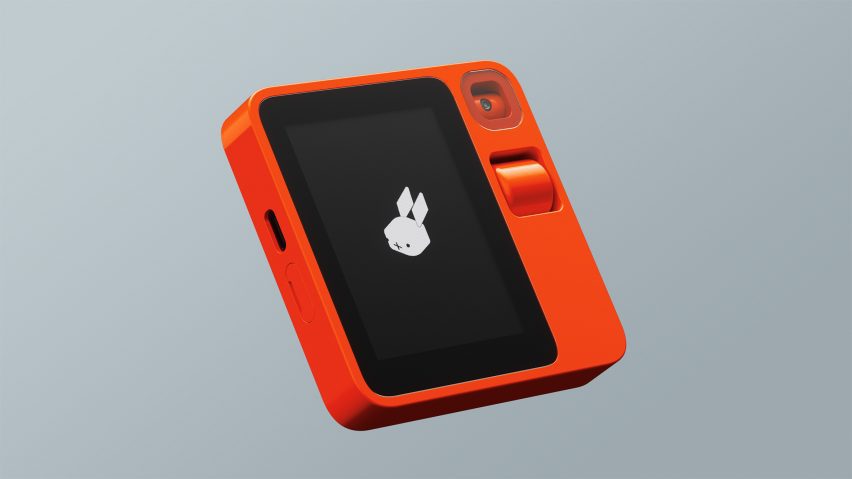
Rabbit reimagines the digital experience with AI-powered R1 device
US start-up Rabbit and tech company Teenage Engineering have designed the R1, a "pocket companion" that aims to upturn the dominance of smartphones in our lives by using artificial intelligence to complete tasks.
Revealed at last week's Consumer Electronics Show (CES) in Las Vegas, the Rabbit R1 is a palm-sized, bright orange AI assistant that is designed to take actions on behalf of its user, even where those actions involve multiple or complex steps.
The device, which the company described as a "pocket companion", could be used to book flights, stream music or edit Photoshop images, among other uses.
Users push and hold a button on the right-hand side of the device to talk to their R1 as they would a walkie-talkie, issuing commands in natural language and viewing a simplified visual interface that represents their assistant as a pixel art-styled bunny.
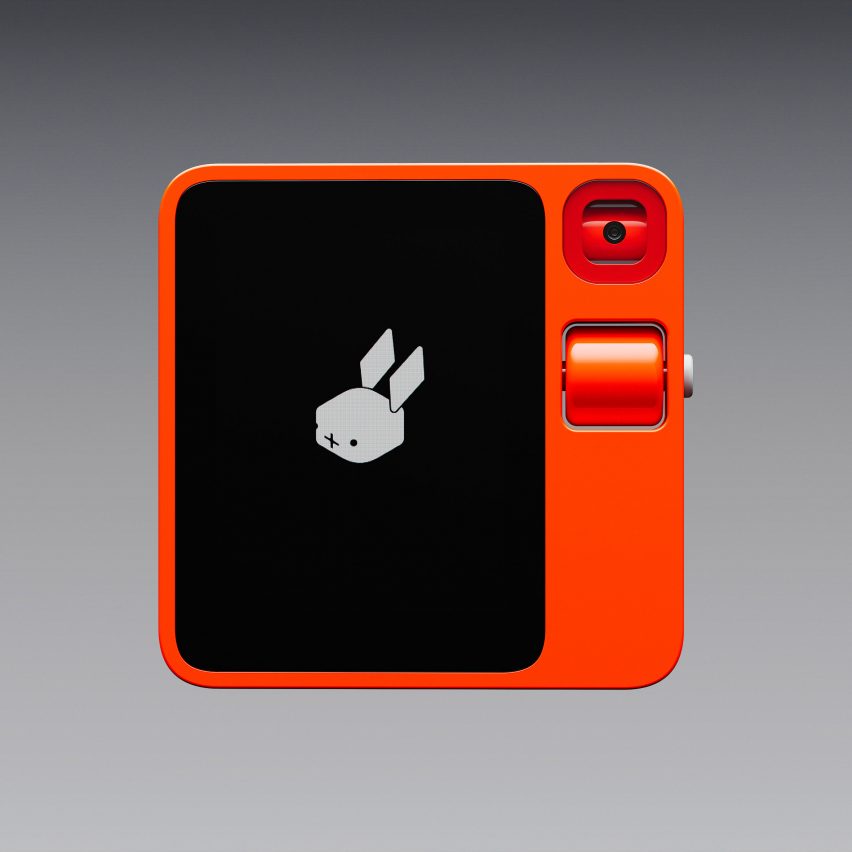
Rabbit is asking consumers to rethink many of their digital habits with the pared-back invention, including how they interact with apps, what security norms they accept, and how their devices can look.
At a CES keynote address, Rabbit founder and CEO Jesse Lyu said that the company had aimed to create "the simplest computer" and a "delightful" user experience — "something so intuitive that you don't need to learn how to use it".
"The best way to achieve this is to break away from the app-based operating system currently used by smartphones," he said. "Instead, we envision a natural language-centred approach."

The R1 hosts Rabbit's custom AI, a type of Large Action Model (LAM). LAMs represent an evolution of the Large Language Models (LLMs) that have become well-known from chatbots like ChatGPT.
Whereas those merely generate text in response to human input, Lyu explained, Rabbit's AI also generates actions on behalf of users — activities like buying groceries online or booking taxis or tickets.
These sorts of personal AI "agents" have been increasingly hyped online, but Rabbit claims theirs is the first operating system built with such a LAM.
The LAM works by first learning to understand people's intentions and behaviours on specific apps, then mimicking those actions. There is no need for custom integrations like Application Programming Interfaces (APIs) for each app, as the model is universal and functions across all mobile and desktop environments.
At launch, Rabbit says the R1 will already have been trained to work with the most popular apps, and it will continue to roll out more functionalities in the future. It will also add the ability for users to train their own agents — or "rabbits" — on more niche apps.

The device is standalone and does not need to be connected to a smartphone to function.
For the industrial design, Rabbit worked with Teenage Engineering — known for its innovative takes on music gadgets like synthesisers and speakers — to develop an original look with a nostalgic touch.
The company says it took cues from the Tamagotchi – the Japanese digital toy pet – and aimed to make the device "as strikingly beautiful as it is intuitively functional".
As well as a 2.88-inch touchscreen display and the touch-to-talk button, the physical components include a scroll wheel to navigate the display and the "rabbit eye" — a rotating camera for computer vision. This enables the agents to carry out tasks like "looking" in the fridge and identifying the ingredients there to suggest a recipe.
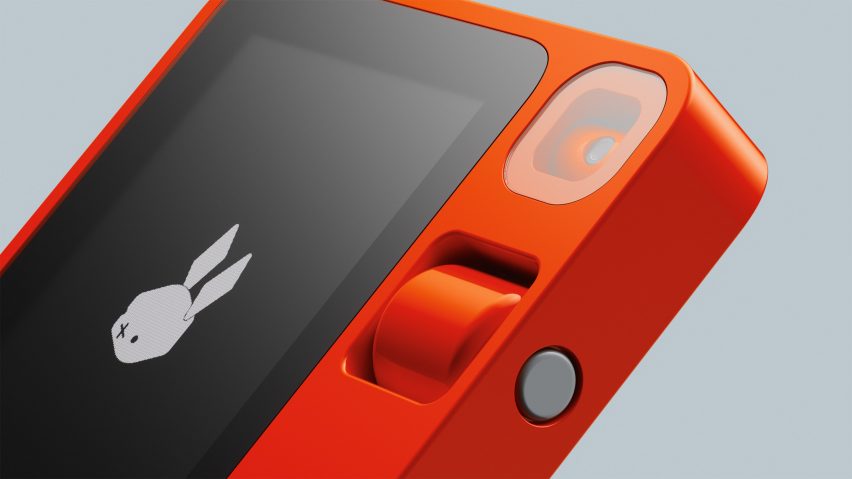
As an avatar, the operating system is represented on the screen by a bunny head that jumps up and down while processing information and bops along with headphones when playing music.
Rabbit says there are security benefits to many of its design choices. The touch-to-talk button avoids the "always listening mode" of smart speakers, a gadget that Lyu described as "outdated" in his keynote.
Similarly, the rotating capability of the "eye" keeps the camera lens in a position where it is physically blocked until the user requests it, cutting off another avenue for surveillance.
Rabbit also promises a high level of encryption, and says that users will always have awareness and control of the actions delegated to the agents. The device will not store the user's credentials for third-party services.
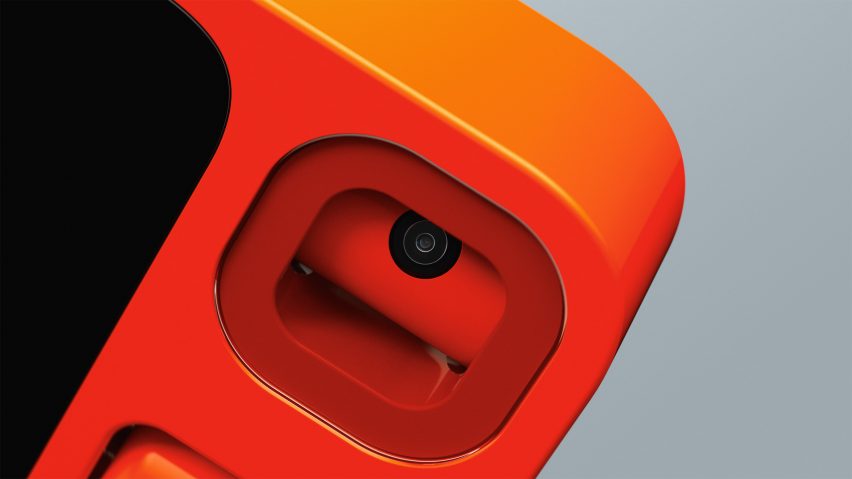
All of the processing is done within data centres rather than on the device, which Rabbit says means the device is inexpensive — it retails for US$199 (£159) — and consumes little power.
It does, however, add to the demand on data centres, which require huge amounts of water and electricity.
Lyu said that with the LAM fast evolving, the R1 would eventually help users do things that could never be achieved on an app-based phone, but that the device is not intended as a direct substitute.
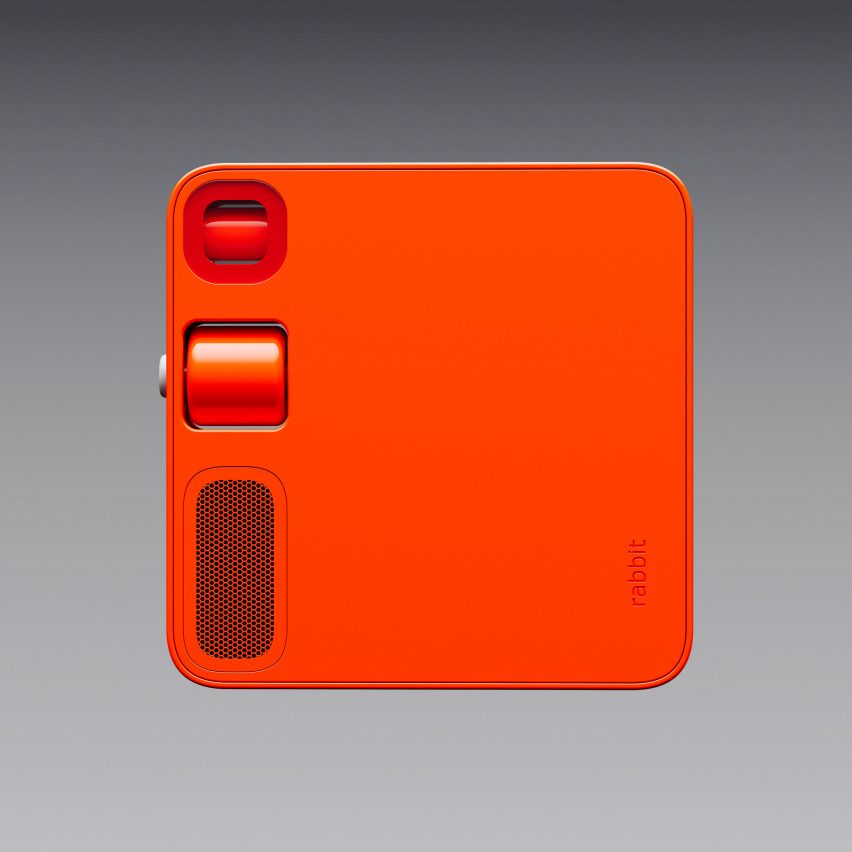
"We did not build Rabbit R1 to replace your phone," he said. "It's just a different generation of devices. The app-based system was introduced more than 15 years ago, and the new generation of AI-powered devices are just getting started."
Since CES, Rabbit has since taken pre-orders for more than 30,000 R1 units.
Other devices on show at the trade fair, the largest in the field of consumer gadgets, included a world-first transparent OLED television by LG and a "thermometer of the future" by Withings.